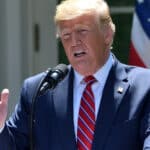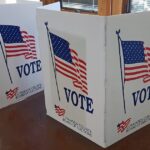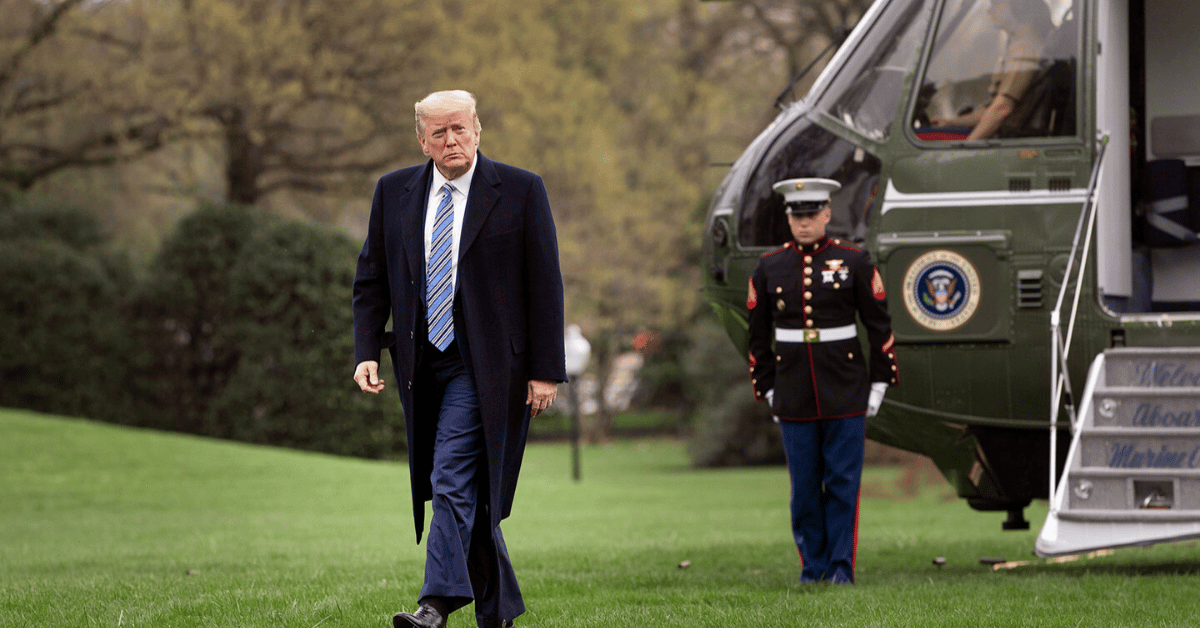
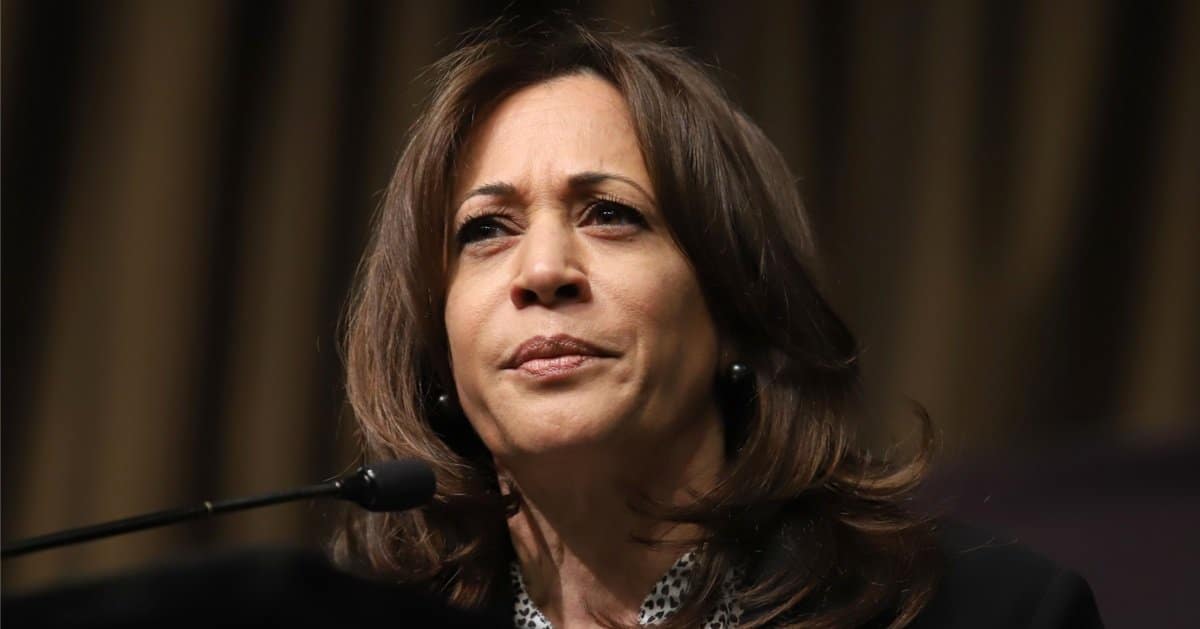
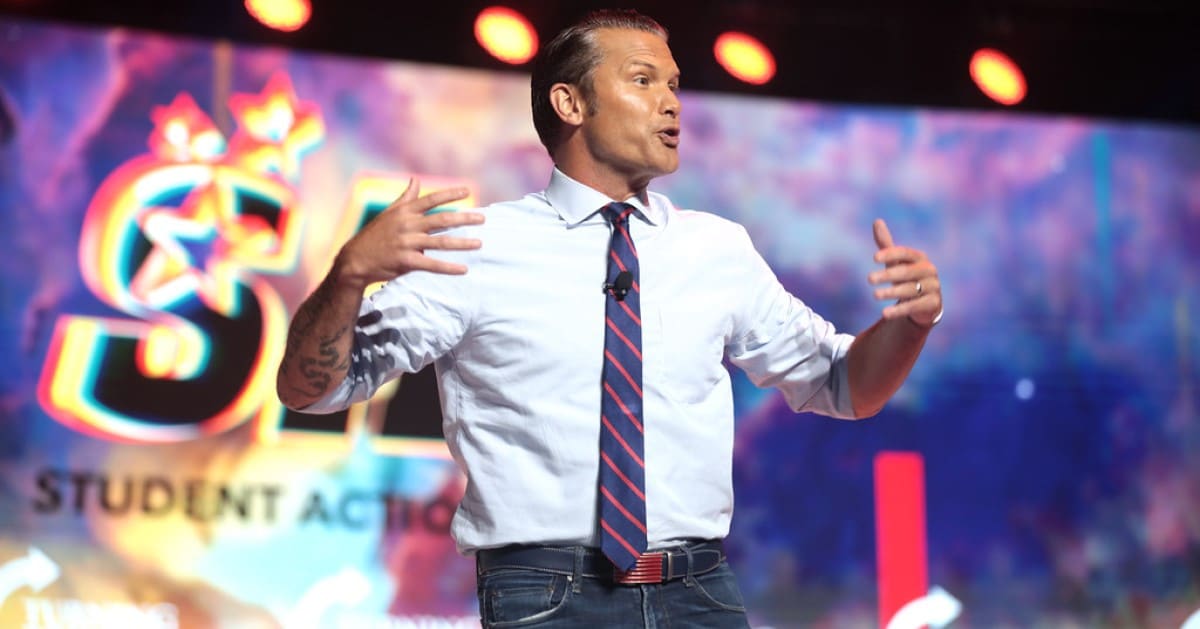
President Donald Trump’s pressure on the Federal Reserve intensifies as a Biden-appointed governor steps down. Adriana Kugler, who joined the Fed’s Board of Governors in September 2023, announced her resignation on Friday, the Daily Wire reported.
Her exit hands Trump a golden opportunity to shape the Fed’s future.
Kugler’s departure follows the Fed’s Wednesday vote to keep interest rates steady at 4.25% to 4.5%. This decision, marking the fifth consecutive meeting without a rate change, drew sharp criticism from Trump, who’s itching for cuts. Kugler, citing tariff uncertainties, backed the steady-rate stance.
“It has been an honor of a lifetime to serve,” Kugler wrote. She patted herself on the back for tackling prices and jobs, but her exit smells like a dodge from Trump’s looming influence. A cushy Georgetown University professorship awaits her this fall.
Kugler’s term was supposed to run until January 2026. Her early departure opens a slot for Trump to nominate a new governor, potentially tilting the Fed toward his rate-cutting agenda. The MAGA crowd cheers, but markets might wince at the uncertainty.
Jerome Powell, Fed Chair until May 2026, praised Kugler’s “impressive experience.” Nice words, but they don’t mask the tension—Trump’s been hammering Powell for refusing to slash rates. The Fed’s stuck in a high-rate rut, and Kugler’s exit won’t calm the storm.
Trump’s two appointees, Christopher Waller and Michelle Bowman, broke ranks at the Fed’s last meeting. They pushed for rate cuts, aligning with Trump’s view that inflation’s tamed. Their dissent signals a growing rift within the Fed’s walls.
“Right now, there’s no inflation,” Trump declared. He’s crowing about cash flowing into the country, but Powell’s not budging, insisting on more data before acting. Trump’s vision of a looser Fed could reshape monetary policy.
The Fed’s next meeting on September 16-17 looms large. With Kugler gone, Trump’s influence might sway the board’s rate decisions. Conservatives hope for relief from high borrowing costs, but Powell’s caution could stall progress.
Powell’s term ends in May 2026, and speculation’s already swirling. Waller and Bowman, both Trump picks, are eyed as potential successors. Either could steer the Fed closer to Trump’s economic playbook.
“We don’t do that in advance,” Powell said Wednesday, brushing off Trump’s rate-cut demands. His data-driven mantra frustrates those craving swift action. The Fed’s independence is sacred, but Trump’s not one for patience.
Kugler’s resignation fuels Trump’s narrative of a sluggish, out-of-touch Fed. Her support for steady rates, tied to tariff fears, feels like a weak excuse to conservatives. The MAGA base wants bold moves, not academic hesitance.
Trump’s “SHOULD ASSUME CONTROL” outburst sums up his frustration. He sees Powell’s refusal to cut rates as defiance, not prudence. The clash between a brash president and a stubborn Fed Chair is heating up.
Kugler’s academic retreat to Georgetown leaves the Fed at a crossroads. Trump’s next nominee could tip the balance toward rate cuts, pleasing small businesses and borrowers. But will the new governor match Kugler’s caution or embrace Trump’s urgency?
The current 4.25% to 4.5% rate range pinches consumers and stifles growth, critics argue. Waller and Bowman’s dissent shows cracks in the Fed’s unity. Trump’s itching to exploit that divide.
With the September meeting approaching, all eyes are on Powell’s next move. Trump’s pressure, Kugler’s exit, and a restless economy make for a tense showdown. The Fed’s choices will ripple through markets and Main Street alike.
